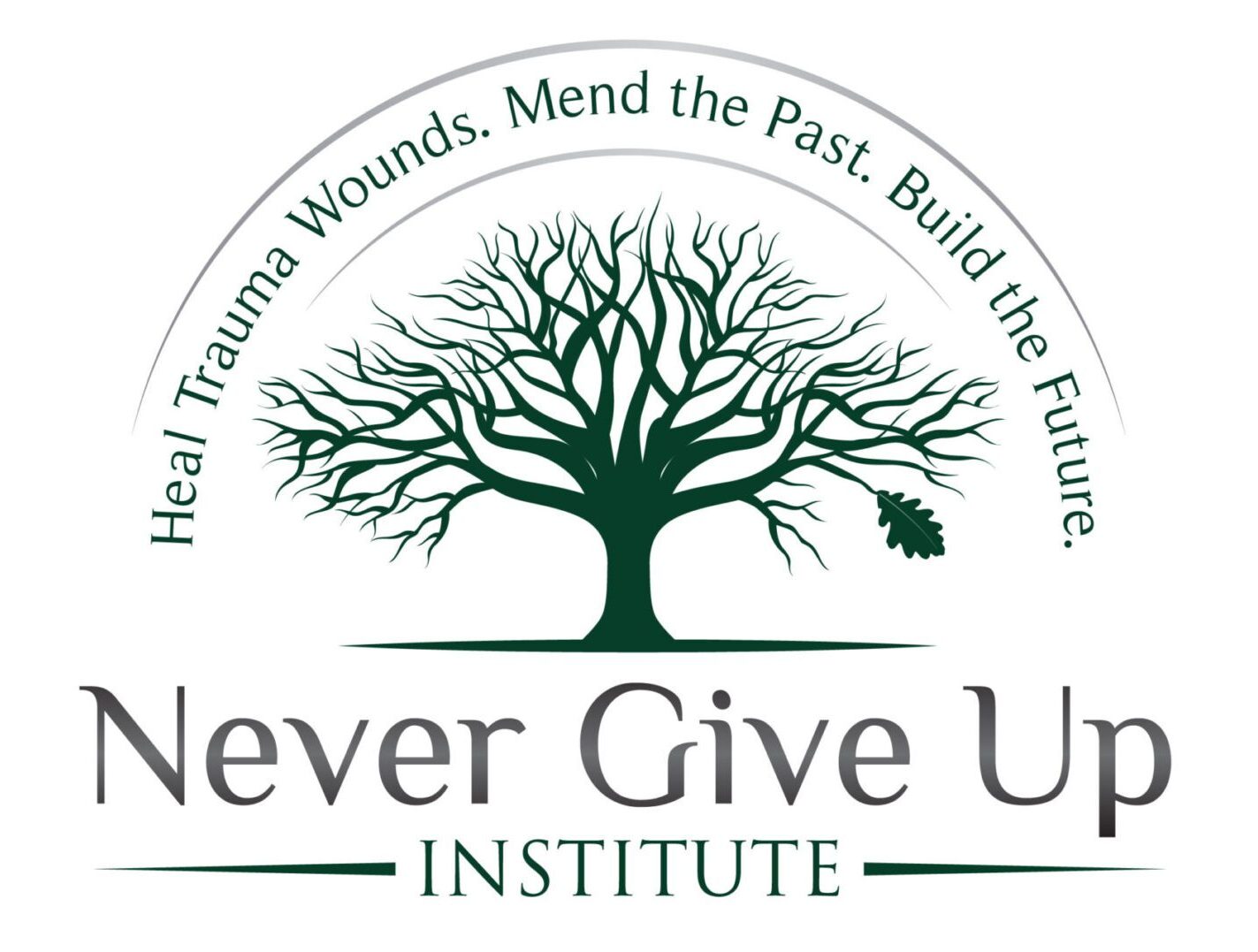
Dear Wellness Seekers:
Since it is National Child Abuse Prevention Month, I am relaying a Centers for Disease Control and Prevention (CDC) article I received from Juliet at D’Amore Mental Health. The following information is instrumental in preventing childhood brain damage.
What is Abusive Head Trauma?
Abusive head trauma (AHT), which includes shaken baby syndrome, is a preventable and severe form of physical child abuse that results in an injury to the brain of a child. AHT often happens when a parent or caregiver becomes angry or frustrated because of a child’s crying. It is caused by violent shaking and/or with blunt impact. The resulting injury can cause bleeding around the brain or on the inside back layer of the eyes. Data shows:
- AHT is a leading cause of physical child abuse deaths in children under 5 in the United States.
- Babies less than one-year-old are at the greatest risk of injury from AHT.
- AHT accounts for about one-third of all child maltreatment deaths.
Crying, including long periods of inconsolable crying, is a normal behavior in infants. Shaking, throwing, or hitting a baby is never the right response to crying. For more information about abusive head trauma definitions please see Pediatric Abusive Head Trauma: Recommended Definitions for Public Health Surveillance and Researchpdf icon[1.6 MB, 56 Pages, 508].
What are the consequences?
Nearly all victims of AHT suffer serious, long-term health consequences. Examples include:
- vision problems
- developmental delays
- physical disabilities
- hearing loss
At least one of every four babies who experience AHT dies from this form of child abuse.
How can we prevent Abusive Head Trauma?
 Anyone can play a role in preventing AHT. Understanding the dangers of shaking or hitting a baby’s head against something, knowing the risk factors and the triggers for abuse, and finding ways to support parents and caregivers in their community are all ways to prevent AHT. Centers for Disease Control and Prevention (CDC) has developed a resource, Preventing Child Abuse and Neglect: A Technical Package for Policy, Norm, and Programmatic Activities.pdf icon[3.90 MB, 52 Pages, 508] that identifies a number of strategies to help states and communities prioritize prevention activities based on the best available evidence. This resource is also available in Spanish.pdf [21 MB, 52 Pages, 508].
- Understand that infant crying is worse in the first few months of life, but it will get better as the child grows.
- Try calming a crying baby by rocking gently, swaddling in a blanket, offering a pacifier, holding your baby against your bare skin, singing or talking softly, taking a walk with a stroller, or going for a drive in the car.
- If the baby won’t stop crying, check for signs of illness and call the doctor if you think the child is sick.
- If you are getting upset, focus on calming yourself down. Put the baby in a safe place and walk away to calm down, checking on the baby every 5 to 10 minutes.
- Call a friend, relative, neighbor, parent helplineexternal, or your child’s healthcare provider for support.
- Never leave your baby with a person who is easily irritated, has a temper, or a history of violence.
If you are a friend, family member, or observer of a parent or caregiver
- Be aware of new parents in your family and community who may need help or support.
- Offer to give a parent or caregiver a break when needed.
- Let the parent know that dealing with a crying baby can be very frustrating, but infant crying is normal and it will get better.
- Encourage parents and caregivers to take a calming break if needed while the baby is safe in the crib.
- Be sensitive and supportive in situations when parents are dealing with a crying baby.
- Be supportive of work policies (e.g., paid family leave) that make it easier for working parents to stay with their infants during the period of increased infant crying (i.e., between 4-20 weeks of age).
See Child Abuse and Neglect Resources for more resources about preventing abusive head trauma.
Thanks Juliet, for this great article!
__________________________________________________________
 Alexis Acker-Halbur is an award-winning author and medical miracle. Child abuse made her seriously ill and put her in harm’s way numerous times. She survived and now shares her experiences and tools with women and men who have been traumatized. To order her tools for healing trauma book, Never Give Up: Break the Connection Between Stress and Illness, click here. If you would like to read her 2020 published fictional novel, THE BEAR: In the Middle of Between click here.

You must be logged in to post a comment.